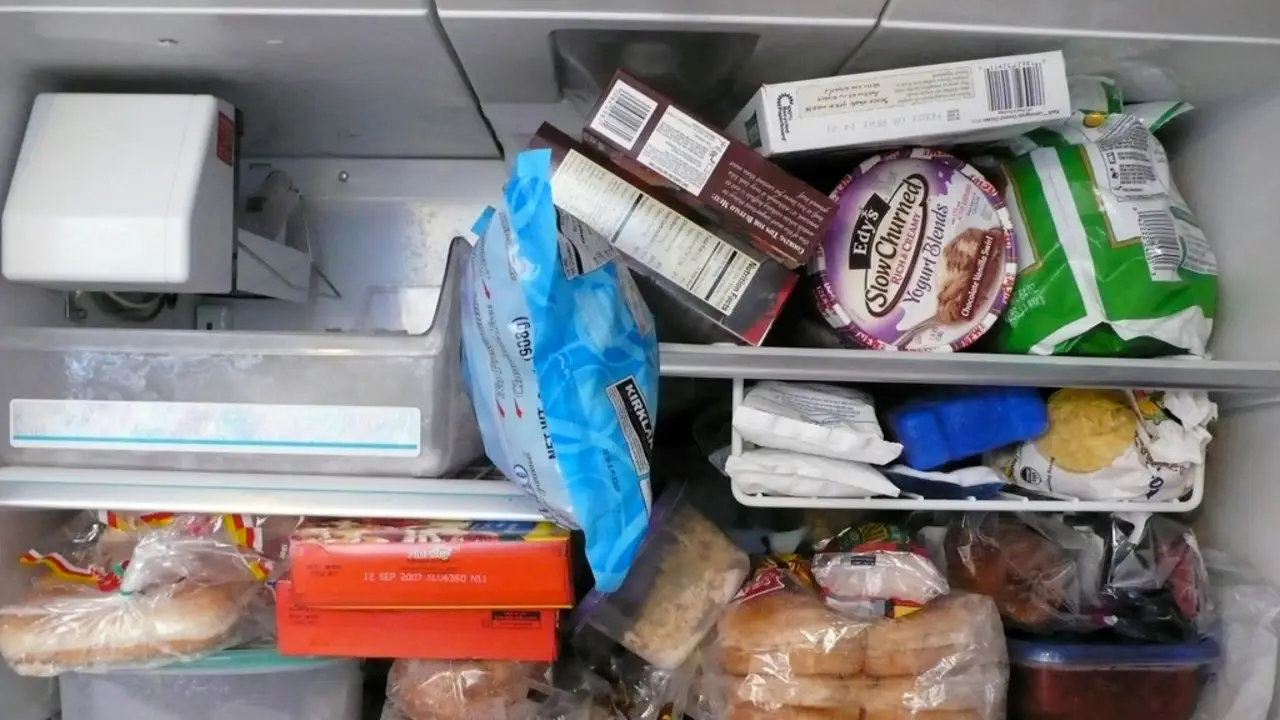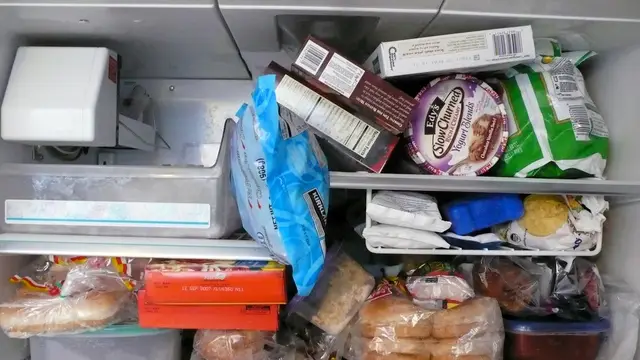Introduction to Photo Backdrop Storage
As a photographer, I know how important it is to have a variety of photo backdrops at my disposal. However, with so many backdrops in my collection, proper storage is crucial to ensure they remain in good condition and are easily accessible when needed. In this article, I will share my experience and tips on how to properly store photo backdrops to keep them looking fresh and wrinkle-free for your next photo shoot.
Choosing the Right Storage Location
Before you start organizing your backdrops, it's essential to choose an appropriate storage location. This space should be clean, dry, and away from direct sunlight, as sunlight can cause colors to fade over time. Additionally, it's best to store your backdrops in a climate-controlled environment to prevent damage from humidity and temperature fluctuations. Make sure the storage area is large enough to accommodate your backdrops without folding or cramming them in, as this can cause creases and wrinkles.
Organizing Your Backdrops by Material
When it comes to storing backdrops, it's important to consider the materials they are made from. Different materials require different storage methods to maintain their quality and longevity. For example, vinyl backdrops should be stored rolled up to prevent creases, while fabric backdrops can be hung or folded. Organizing your backdrops by material will not only make it easier to find the perfect backdrop for your next shoot, but it will also ensure that each backdrop is stored correctly to prevent damage.
Using Backdrop Storage Systems
Investing in a backdrop storage system can greatly improve the organization and accessibility of your backdrops. There are several storage options available, including wall-mounted racks, rolling carts, and hanging systems. Wall-mounted racks are an excellent option for those with limited floor space, while rolling carts provide flexibility and portability. Hanging systems, on the other hand, are ideal for fabric backdrops, as they allow them to hang freely and remain wrinkle-free. Consider your specific needs and available space when choosing a storage system for your backdrops.
Rolling Your Vinyl Backdrops
Vinyl backdrops are best stored rolled up to prevent creases and wrinkles. To properly roll your vinyl backdrop, start by placing it face down on a clean, flat surface. Then, gently roll the backdrop, starting from one end and working your way to the other. It's important to roll the backdrop tightly and evenly to prevent any wrinkles from forming. Once rolled, secure the backdrop with a strap or bungee cord to keep it in place. Finally, store the rolled backdrop vertically to ensure it remains wrinkle-free.
Folding and Hanging Fabric Backdrops
Fabric backdrops, such as muslin or canvas, can be folded or hung for storage. If you choose to fold your fabric backdrops, be sure to fold them along the same lines each time to minimize wrinkles. However, hanging your fabric backdrops is the best option to keep them wrinkle-free. Use padded hangers or clips to hang the backdrops from a rod or storage system, ensuring they hang freely without touching the ground.
Storing Hand-Painted Backdrops
Hand-painted backdrops require special care and handling when storing to ensure their delicate surfaces remain intact. I recommend rolling hand-painted backdrops on a sturdy cardboard or plastic tube to provide support and prevent creasing. Wrap the backdrop in a protective material, such as acid-free tissue paper or a clean cloth, before rolling it onto the tube. Once rolled, store the backdrop vertically in a cool, dry place away from direct sunlight to protect the paint and prevent warping.
Labeling Your Backdrops for Easy Identification
With a growing collection of backdrops, it can be challenging to keep track of each one. To make it easier to find the perfect backdrop for your next shoot, consider labeling each one with a description, including the material, color, and dimensions. You can use adhesive labels or tags attached to the backdrop or its storage container. This simple organization technique will save you time and frustration when searching for a specific backdrop.
Maintaining Your Backdrops
Proper storage is just one aspect of keeping your backdrops in excellent condition. Regular maintenance, such as cleaning and repairing any damage, is also crucial. For vinyl backdrops, wipe down the surface with a damp cloth and mild soap, then allow it to air dry before rolling it up for storage. Fabric backdrops can be spot cleaned or machine washed, depending on the material and manufacturer's instructions. Be sure to address any small tears or damage promptly to prevent further deterioration. By properly storing and maintaining your photo backdrops, you'll ensure they remain in top shape for your next photography session.

